In the world of felines, scent is a powerful tool that transcends mere survival. Cats communicate through a spectrum of olfactory signals that influence their interactions with each other and their environment. This article delves into the captivating science of feline scent communication, highlighting the various ways in which these mysterious creatures use their keen sense of smell to navigate the world around them. Whether you are a curious cat owner or simply a lover of animals, understanding these scent-based interactions can deepen your appreciation for our feline friends.
The Importance of Scent in Feline Communication
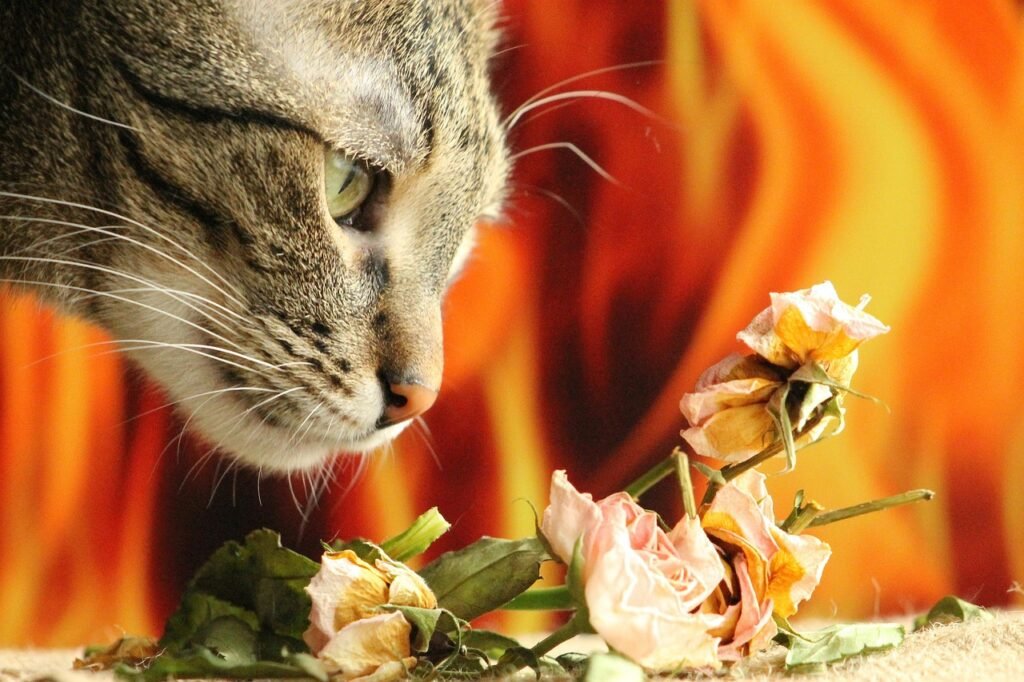
Cats rely heavily on scent to gather information about their environment. Unlike humans who primarily use sight and sound, cats have a heightened sense of smell that compensates for their comparatively weaker eyesight. This ability allows them to detect chemical cues in their surroundings, which can reveal information about other animals, potential threats, or marking territory. In fact, a cat’s sense of smell is approximately 14 times stronger than that of a human’s, making it a vital component of their survival and communication strategy.
Marking Territory
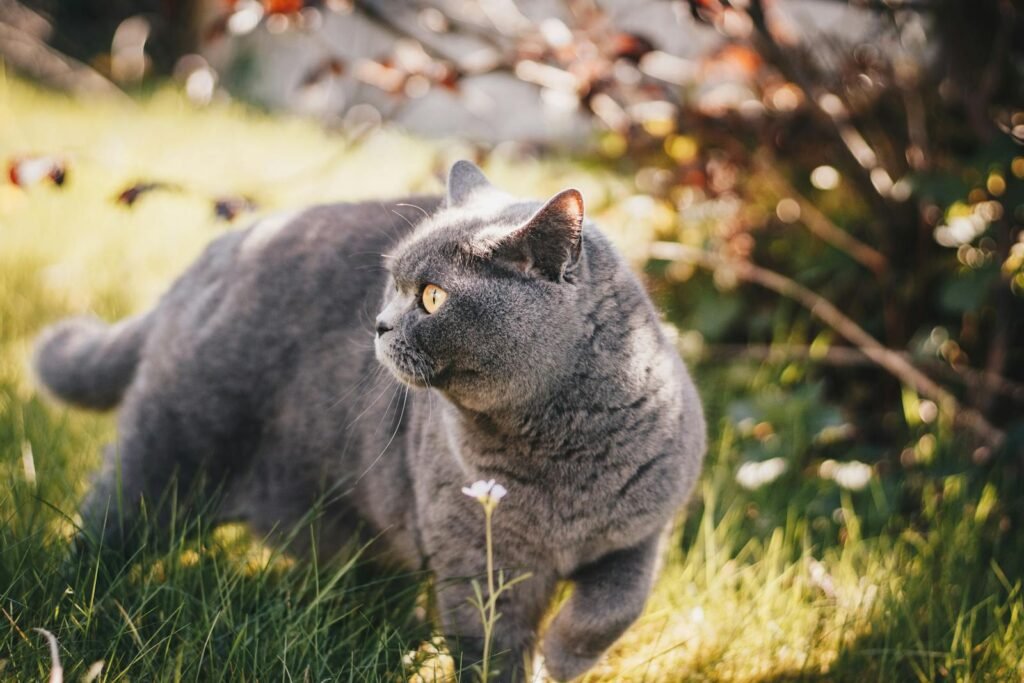
One primary use of scent for cats is to mark their territory. Cats possess scent glands located on their faces, feet, and even the base of their tails. When a cat rubs its face or rolls on the ground, it transfers these scents, signaling ownership and dominion over a particular area. This territorial scent-marking not only establishes boundaries with other animals but also offers reassurance to the cat, reinforcing their sense of security within their environment.
Olfactory Recognition Among Cats
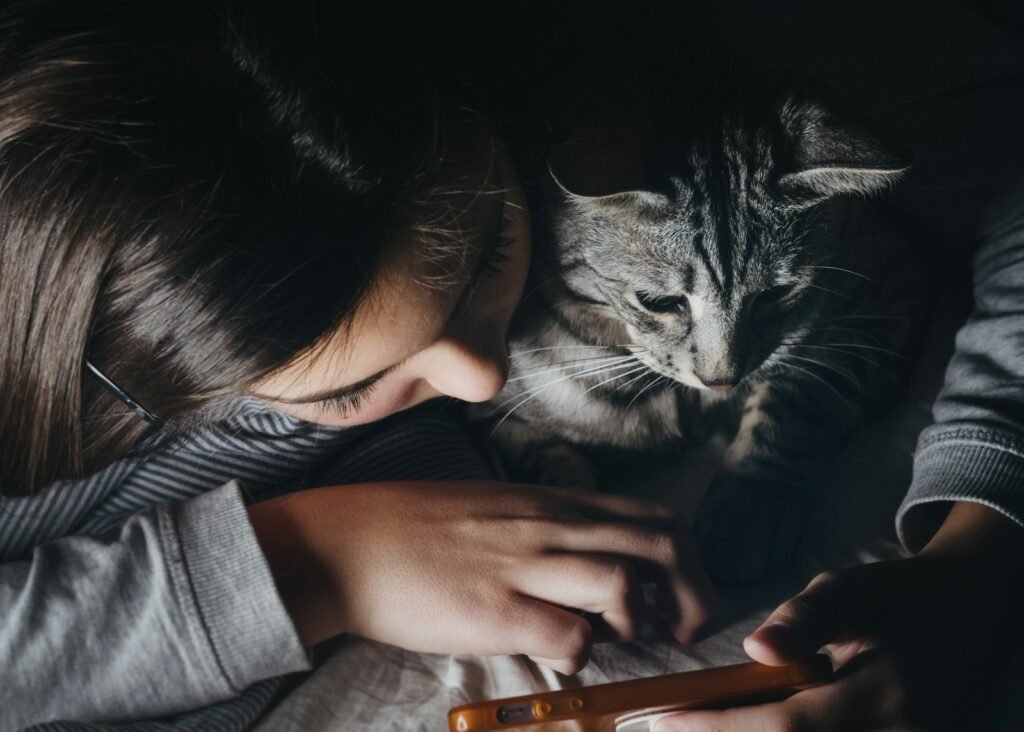
Cats can recognize individual animals, including humans, by their unique scent profiles. Through olfactory cues, a cat can ascertain the identity and even the emotional state of another cat. This ability is especially important in multi-cat households, where interactions and hierarchy depend on scent recognition to prevent conflicts and maintain harmony.
The Role of Pheromones
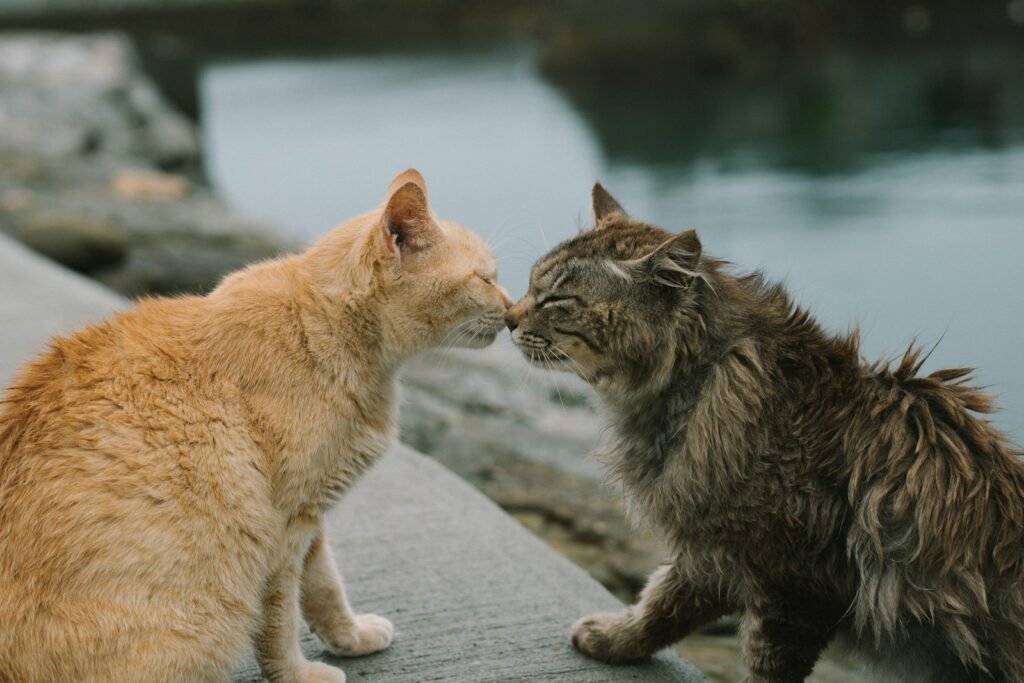
Pheromones play a critical role in how cats communicate using scent. These chemical signals, released by glands found around the face, pads of the feet, and other parts of the body, convey messages to other cats. For example, cats can release feline facial pheromones to mark objects as safe or calming, a behavior often used in stressful situations or when introducing new cats to each other.
Scent and Mating Behaviors
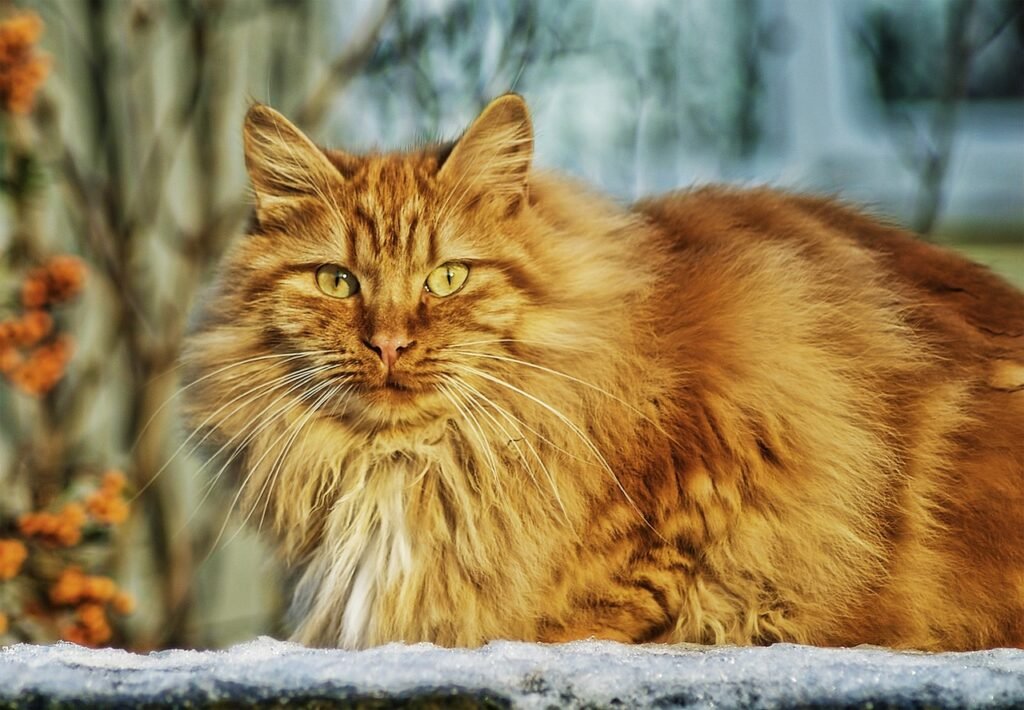
Scent communication is integral during the mating process. Female cats in heat emit specific pheromones that signal their readiness to mate, attracting male cats. Males, in turn, use scent marking to announce their presence and compete for the attention of potential mates. These olfactory signals help ensure successful reproduction by allowing cats to find suitable partners.
Scent and Social Bonding
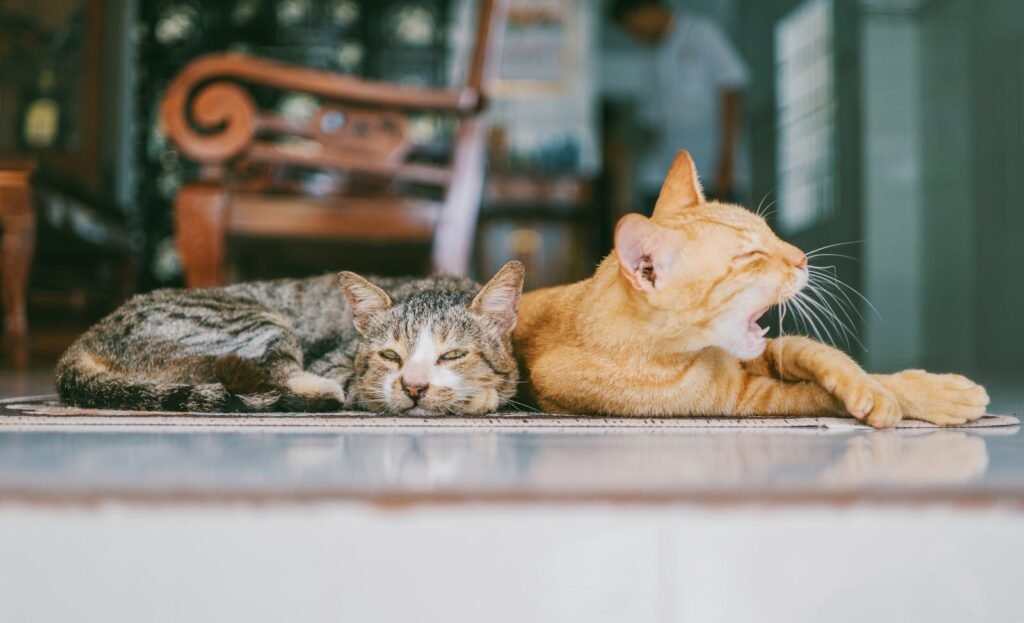
Cats often use scent to strengthen social bonds with humans and other animals. Rubbing and mutual grooming are more than acts of affection; they are ways to exchange scents and establish a group identity. By intermingling their scents, cats affirm relationships, reduce stress, and cultivate a familiar, comforting social environment.
Scent in Kitten Development
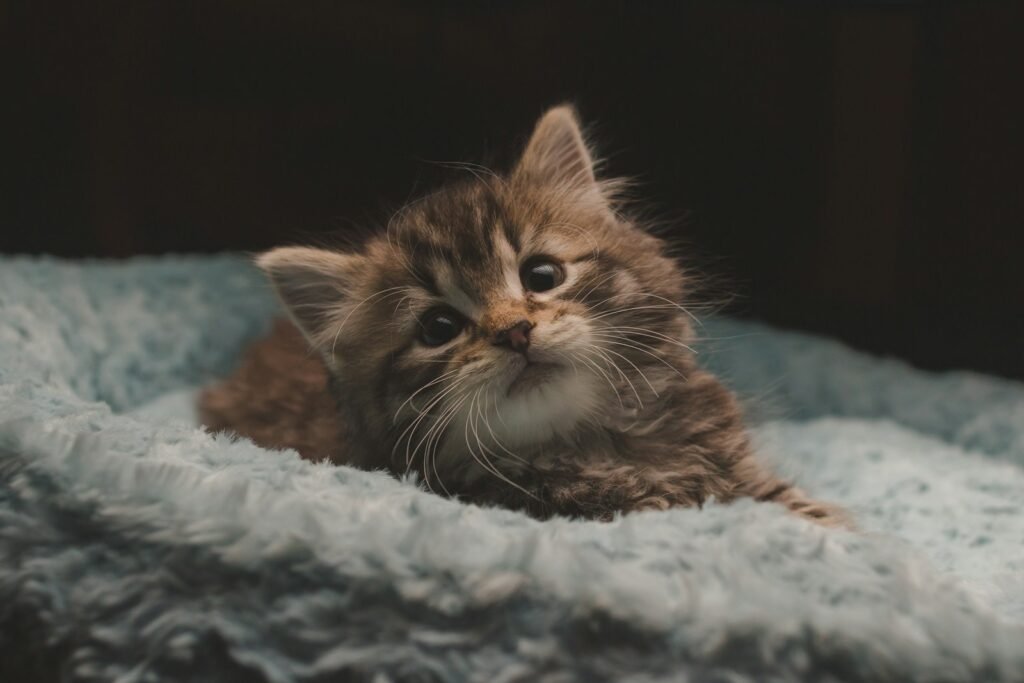
Kittens rely heavily on scent from birth. They are born with closed eyes and ears, but with a sense of smell already partially developed. This enables them to locate their mother, find food, and start recognizing their littermates. As they grow, scent continues to play an essential role in their learning about the world and establishing their personal territory.
Understanding Cat Scent-Marking for Pet Owners
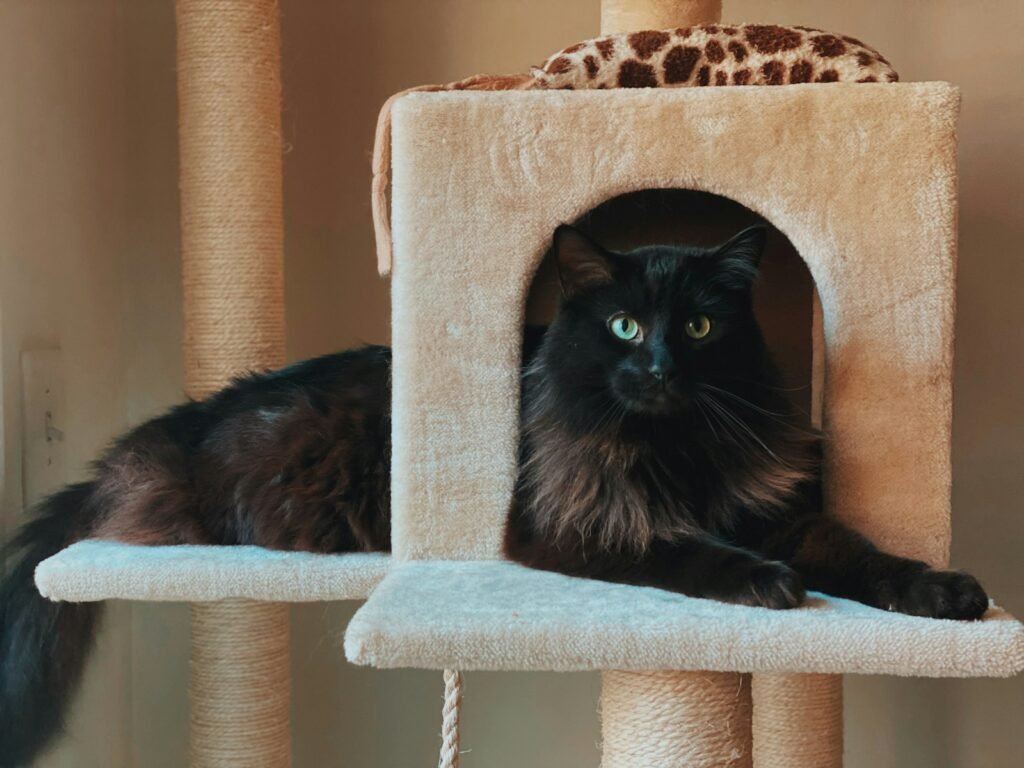
For cat owners, recognizing and understanding scent-marking behavior can help in managing household dynamics. Signs of rubbing, clawing, and urine marking may reflect a cat’s effort to establish its place in the home. Owners can provide items like scratching posts and cat trees to give their cats proper outlets for scent-marking, thus preventing unwanted behaviors like furniture scratching.
Reducing Stress Through Scent
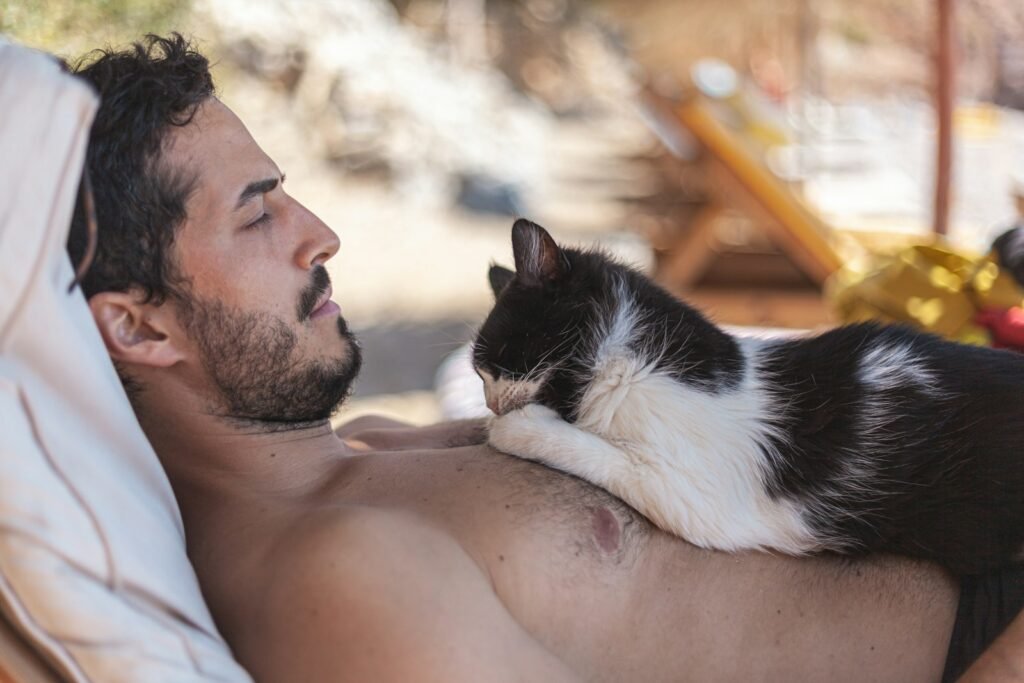
Recognizing the calming effects of certain feline pheromones, pet products have been developed to reduce stress in cats. Diffusers and sprays containing synthetic versions of feline pheromones are often used to help ease anxiety in cats, for instance during travel, vet visits, or adjusting to a new home. By understanding how cats use scent for comfort, owners can better cater to their pets’ emotional needs.
Scent Aversion and Attraction
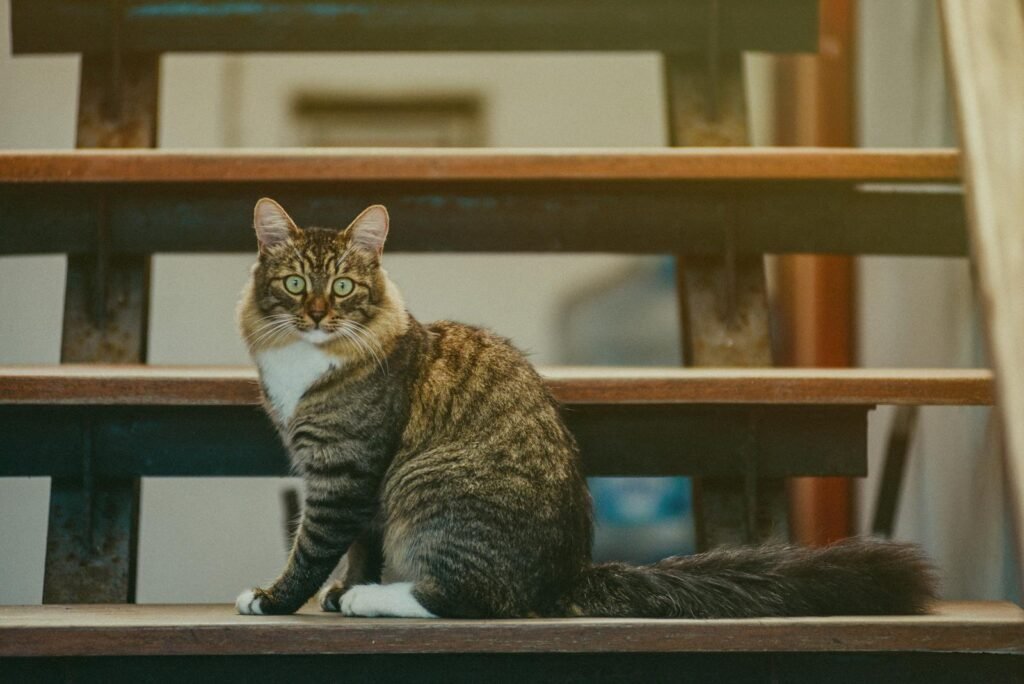
While scent can comfort cats, certain smells can also act as deterrents or attractants. Pet owners can use this knowledge for training purposes. Citrus scents, essential oils, or vinegar can be used in areas you wish to keep cats away from, whereas catnip and other attractive scents can draw them to designated play areas. It’s essential to use scents wisely to ensure the safety and well-being of cats.
Conclusion: The Hidden Language of Scent
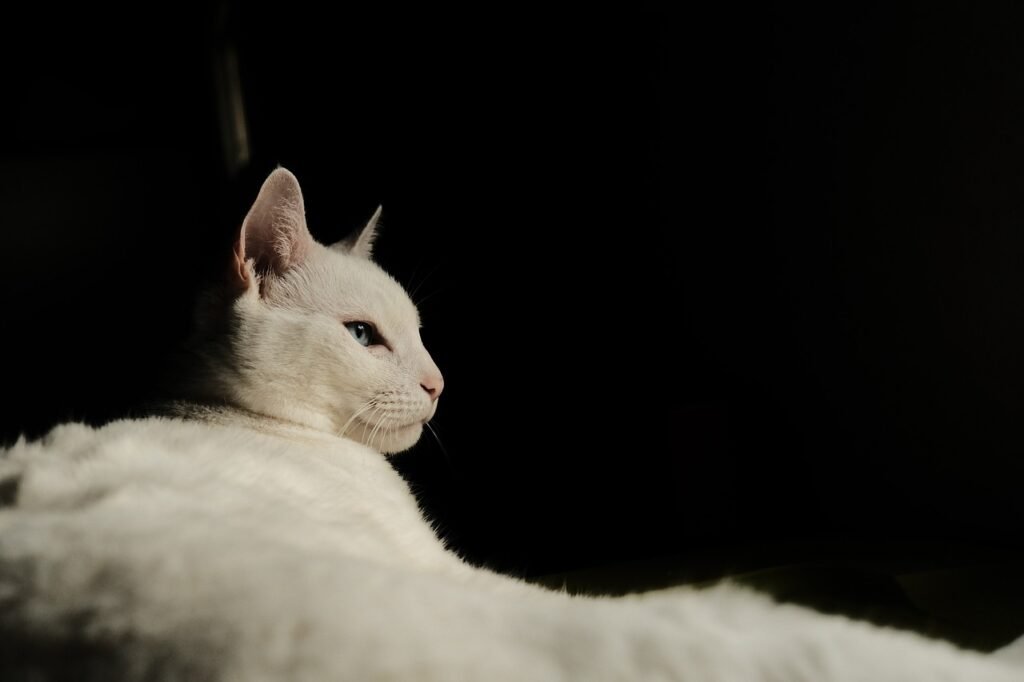
Scent is an intricate and essential aspect of how cats interact with their environment and those within it. Understanding this hidden language provides invaluable insights into feline behavior, allowing us to create a more harmonious relationship with our pets. By respecting and interpreting their olfactory cues, we can enhance their well-being and enrich the bond we share with these remarkable animals.
Hi, I’m Bola, a passionate writer and creative strategist with a knack for crafting compelling content that educates, inspires, and connects. Over the years, I’ve honed my skills across various writing fields, including content creation, copywriting, online course development, and video scriptwriting.
When I’m not at my desk, you’ll find me exploring new ideas, reading books, or brainstorming creative ways to solve challenges. I believe that words have the power to transform, and I’m here to help you leverage that power for success.
Thanks for stopping by, Keep coming to this website to checkout new articles form me. You’d always love it!






